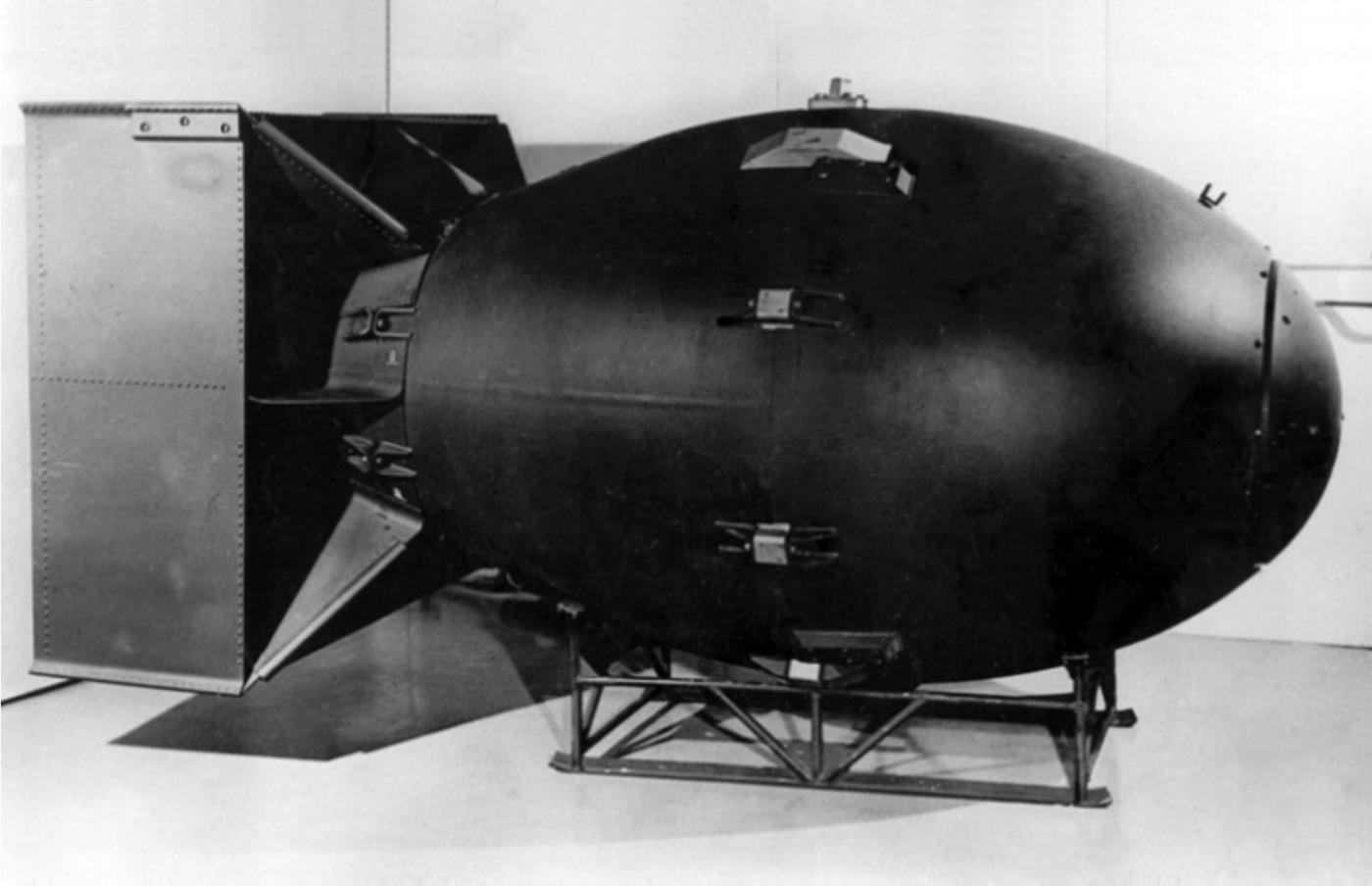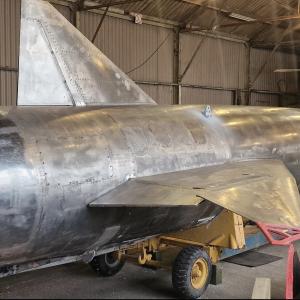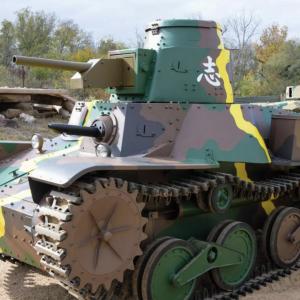
Fat Man Nuclear Bomb
Fat Man was the codename for the second nuclear weapon ever used in warfare and the first to employ an implosion-type design. Developed under the Manhattan Project and tested during the Trinity explosion on July 16, 1945, it was detonated over Nagasaki, Japan, on August 9, 1945. The bomb had a yield of approximately 21 kilotons of TNT and marked a significant advancement in nuclear weapon design compared to the simpler uranium-based "Little Boy" used over Hiroshima.
The heart of Fat Man was a solid sphere of plutonium-239 alloyed with a small amount of gallium (3.5–5%) to stabilize its crystal structure. This core, about 9 centimeters in diameter and weighing roughly 6.2 kilograms, was designed to be rapidly compressed into a supercritical state by a surrounding system of precisely engineered explosives. At the center of the plutonium core sat a neutron initiator, nicknamed "Urchin," which contained polonium-210 and beryllium. When compressed, the initiator generated a burst of neutrons to trigger the chain reaction at exactly the right moment.
Surrounding the plutonium core was a tamper made of natural uranium or tungsten carbide. This acted as both a neutron reflector, bouncing neutrons back into the core to increase efficiency, and as an inertial mass to delay the expansion of the core, allowing more fission reactions to occur. Outside the tamper was a carefully arranged system of explosive lenses, made from fast and slow explosives—Composition B and Baratol, respectively. These lenses were shaped and positioned in a spherical geometry so that, when detonated, their shockwaves would converge uniformly on the core. This implosion mechanism was a critical innovation, requiring highly precise timing and symmetry.
Between the explosive lenses and the tamper was a metal pusher, usually aluminum, which helped transmit and shape the shockwave and contained the initial stages of the implosion. The entire assembly was housed in a steel shell approximately 1.52 meters in diameter and 3.25 meters in length, with a total weight of about 4,670 kilograms. The bomb had a bulbous, ellipsoidal form with a cylindrical tail assembly to stabilize its descent from the B-29 bomber.
Fat Man was armed manually during flight to reduce the risk of accidental detonation. Detonation occurred at an altitude of approximately 500 meters, determined by a radar and barometric fuze system. Upon detonation, all of the high-explosive lenses fired simultaneously, producing an inward-moving spherical shockwave that compressed the plutonium core. As the core reached supercritical density, the initiator released neutrons, sparking a rapid fission chain reaction. The resulting explosion, completed in less than a microsecond, released energy equivalent to around 21,000 tons of TNT.
Despite its technical sophistication, only about 17% of the plutonium underwent fission. Nevertheless, this was sufficient to create massive devastation. The energy release was approximately 8.8 × 10¹³ joules, and temperatures at the core reached several million degrees Celsius. The immediate blast destroyed buildings and infrastructure within a one-mile radius and caused tens of thousands of deaths, followed by significant long-term radiation effects.
The use of Fat Man, along with Little Boy, led to the rapid conclusion of World War II by forcing Japan’s surrender. However, its legacy extends far beyond its military effect. Fat Man’s implosion system became the foundational design for nearly all subsequent nuclear weapons. It demonstrated the viability of plutonium-based weapons and provided the technological basis for future thermonuclear devices. As a result, Fat Man represents both a pinnacle of wartime scientific achievement and a stark milestone in the history of human conflict.










